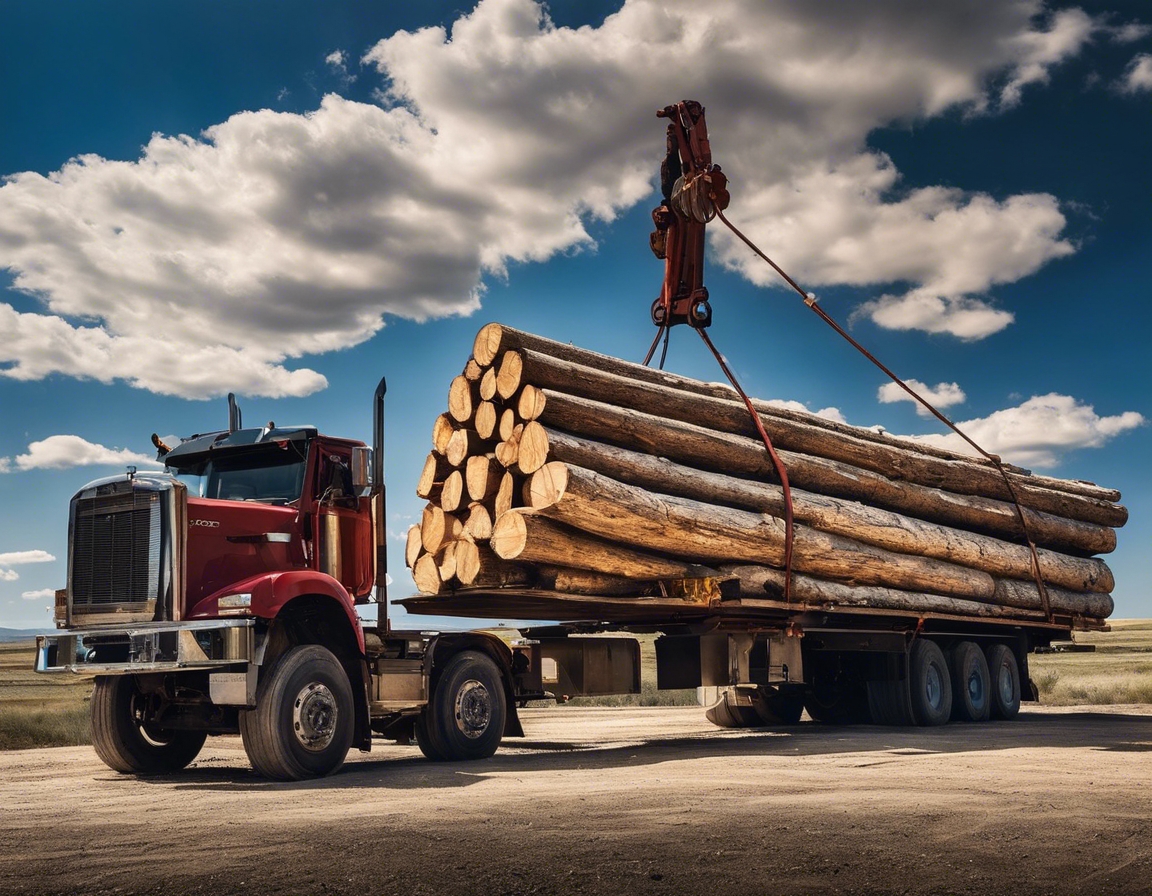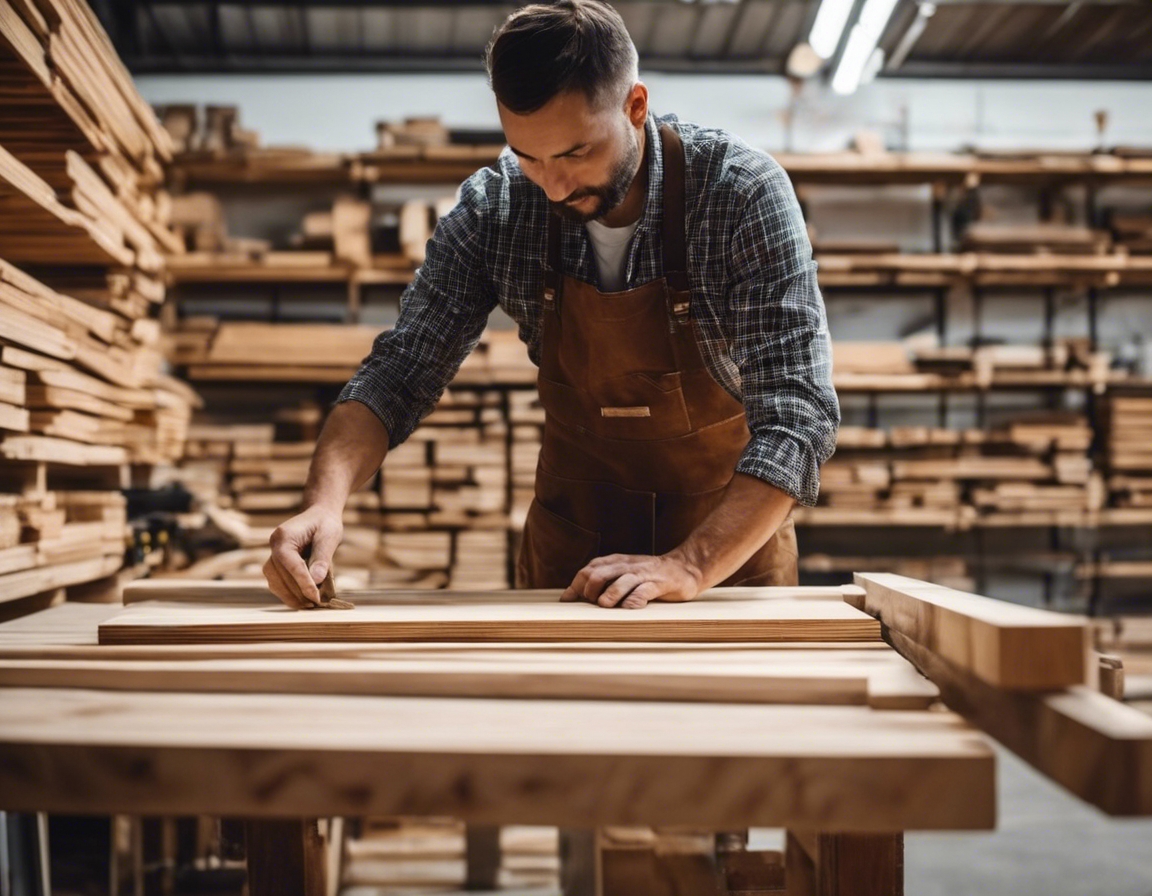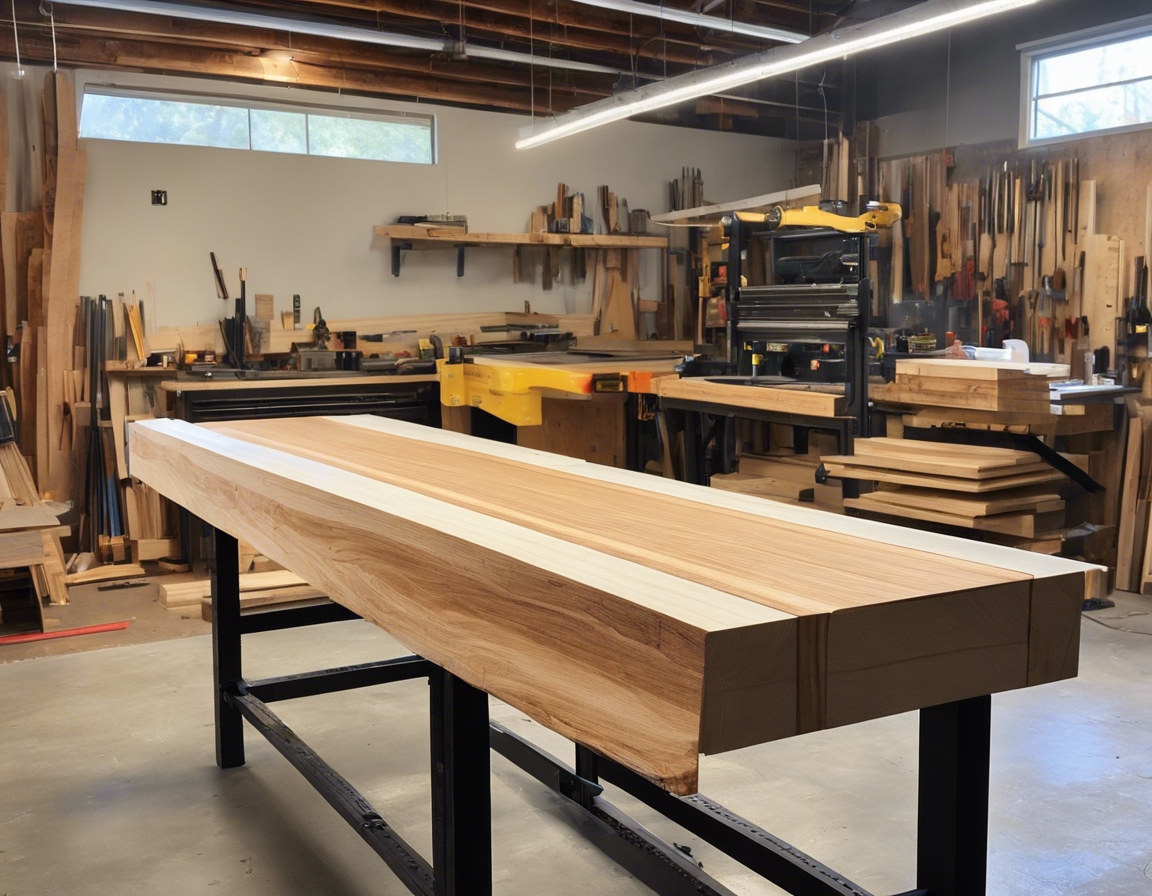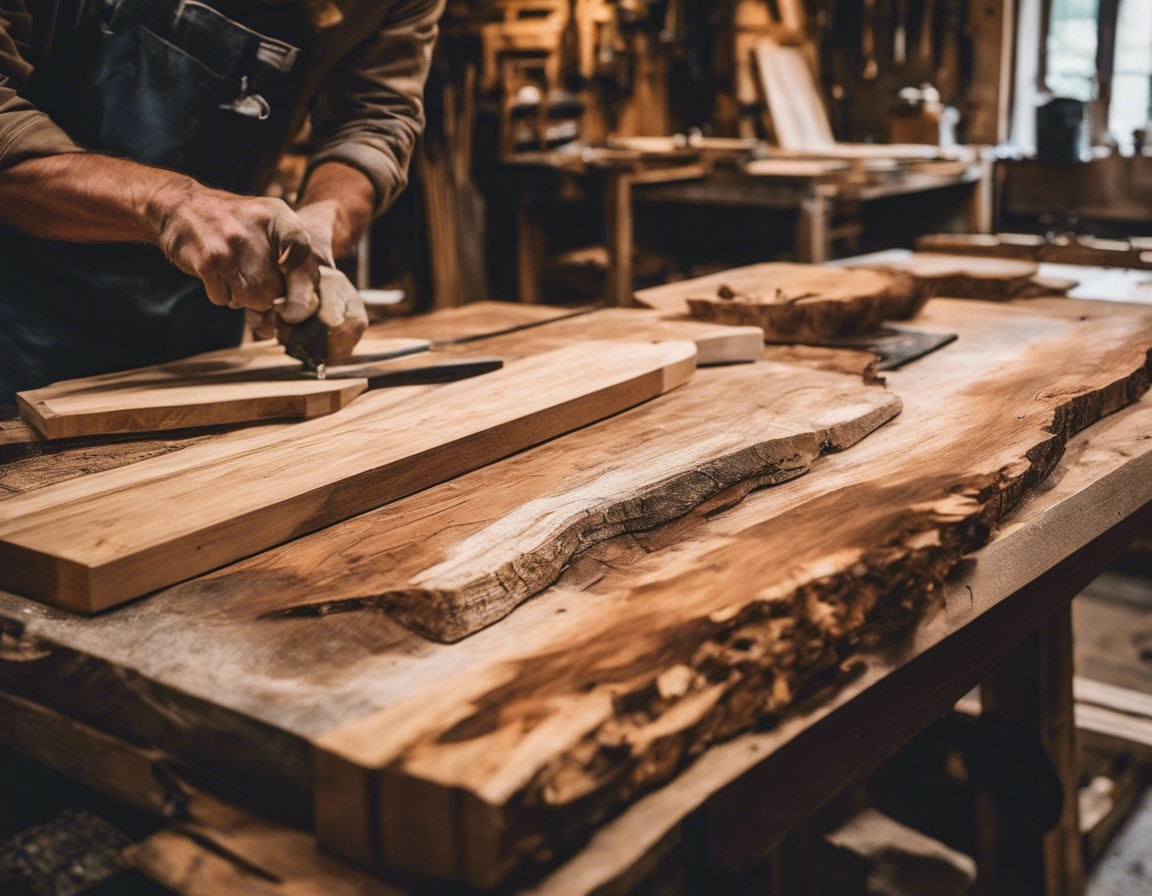5 reasons why sustainable construction wood is the future
As the world becomes increasingly aware of the environmental impact of construction, sustainable building materials are stepping into the spotlight. Sustainable construction wood is not just a trend; it's a necessary shift in how we think about our resources and the future of our planet.
The Environmental Impact of Traditional Building Materials
Traditional building materials such as concrete and steel have a significant environmental footprint, from high energy consumption during production to challenges in disposal. The construction industry is under pressure to find more eco-friendly alternatives.
Reason 1: Reduced Carbon Footprint
Wood naturally captures and stores carbon dioxide from the atmosphere, making it a carbon-neutral material. When used in construction, it continues to store this carbon for the lifetime of the building.
Compared to other construction materials, wood requires less energy to process, resulting in lower greenhouse gas emissions. This makes it a more sustainable choice for the environment.
Reason 2: Renewable and Biodegradable
Sustainable wood comes from forests managed with regenerative practices, ensuring that the harvesting of timber promotes the growth of new trees and maintains biodiversity.
At the end of its life cycle, sustainable wood can be easily recycled or allowed to biodegrade naturally, reducing waste and the need for landfill space.
Reason 3: Energy Efficiency in Construction and Use
Wood has excellent natural insulation properties, which can reduce the energy needed for heating and cooling buildings, leading to lower utility bills and a smaller environmental footprint.
The lightweight nature of wood allows for quicker and more energy-efficient construction processes compared to heavier materials like concrete or steel.
Reason 4: Durability and Longevity
Modern treatments and engineering techniques have significantly increased the durability and resistance of wood to environmental factors, pests, and decay.
While the initial investment in sustainable wood might be higher, its longevity and low maintenance requirements make it a cost-effective solution over time.
Reason 5: Aesthetic and Health Benefits
Wood offers a timeless aesthetic appeal and versatility that can enhance the design of any building. It can be used in a variety of applications, from structural components to interior finishes.
Studies have shown that wood interiors can improve indoor air quality and have a positive effect on the well-being and comfort of building occupants.
Conclusion: Embracing the Change Towards Sustainable Wood
The shift towards sustainable construction wood is not just a responsible choice for the environment; it's a smart investment in the future of our buildings and our planet. By choosing sustainable wood, we can build a legacy that is both beautiful and kind to the earth.








Comments (0)